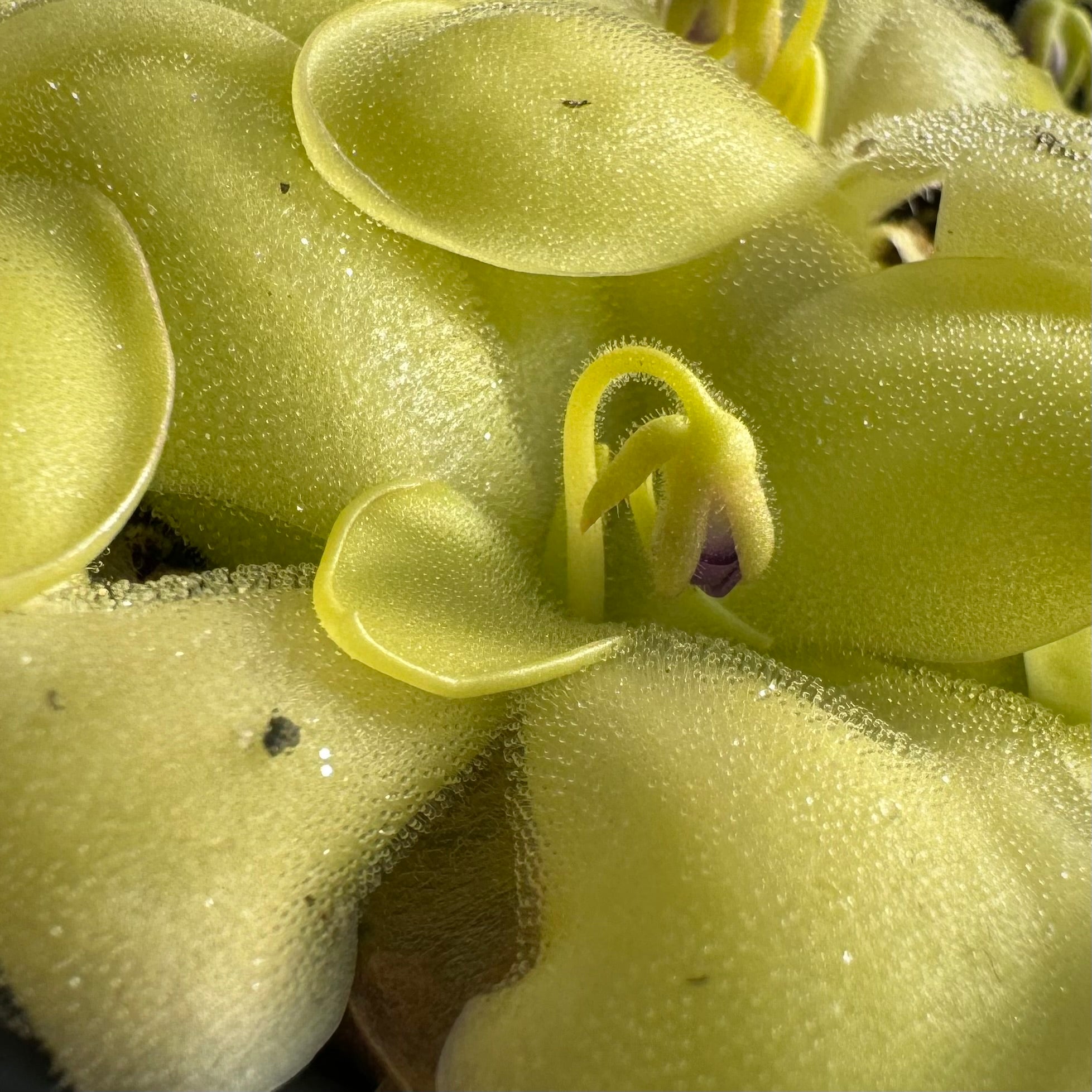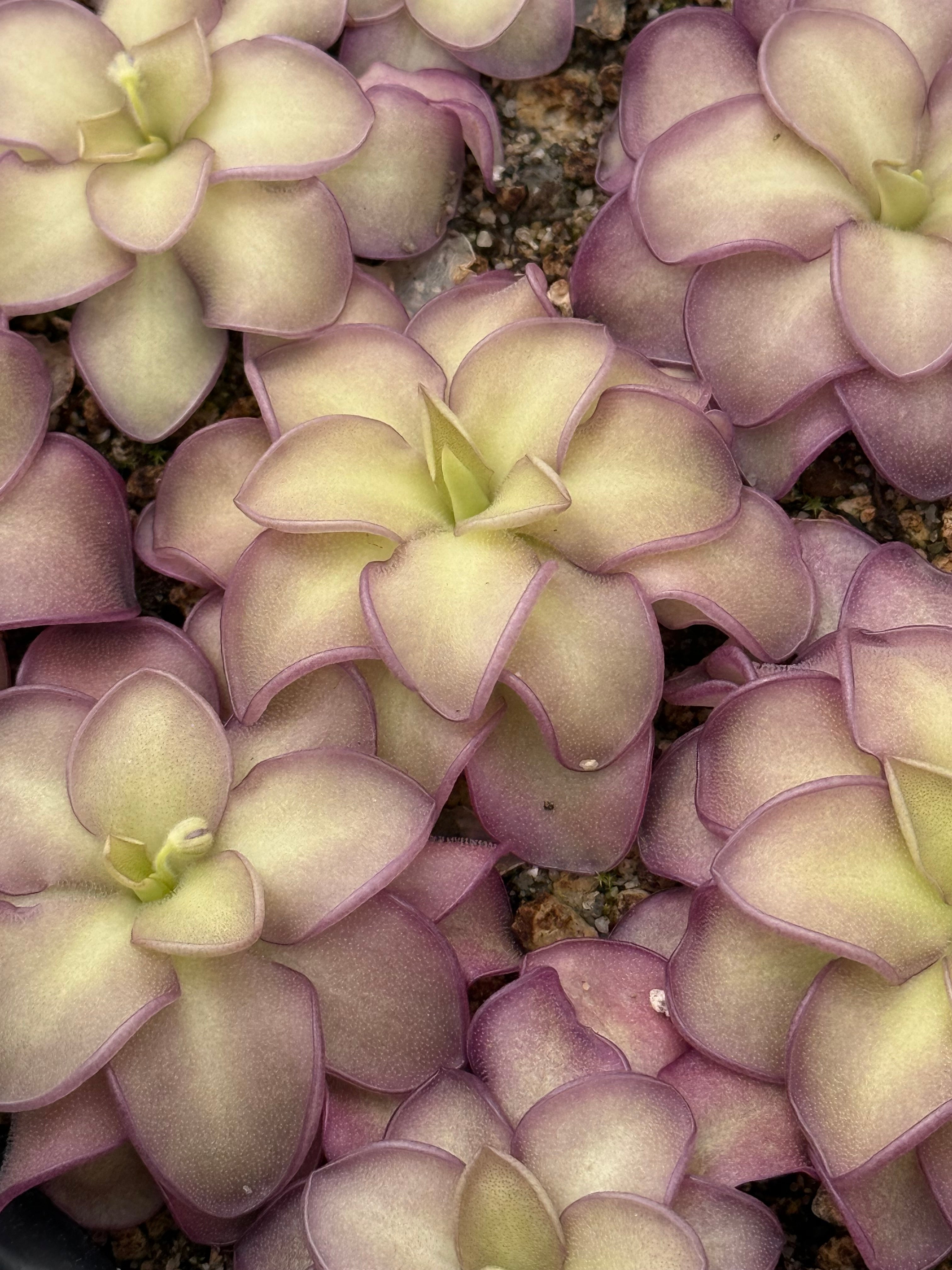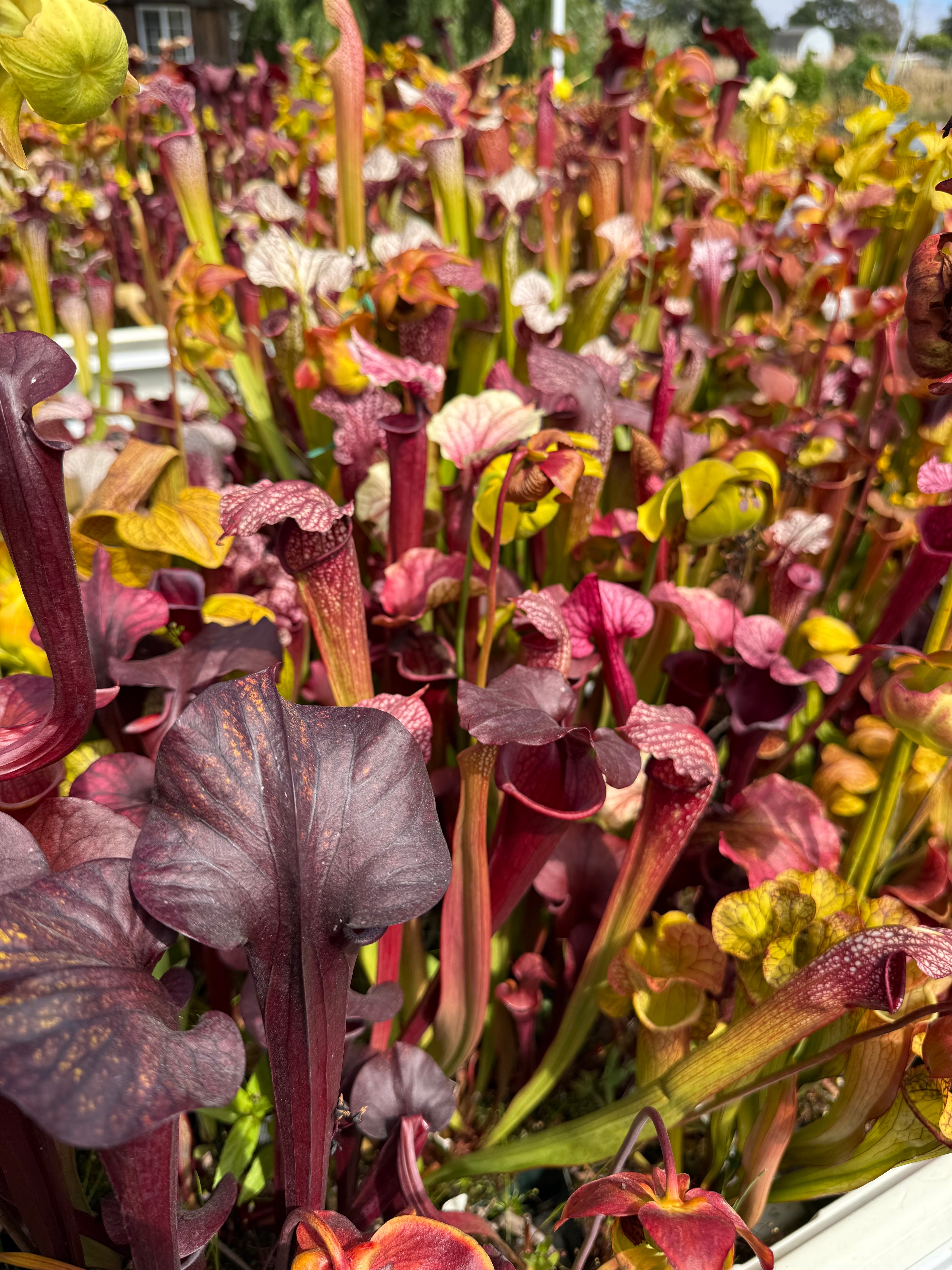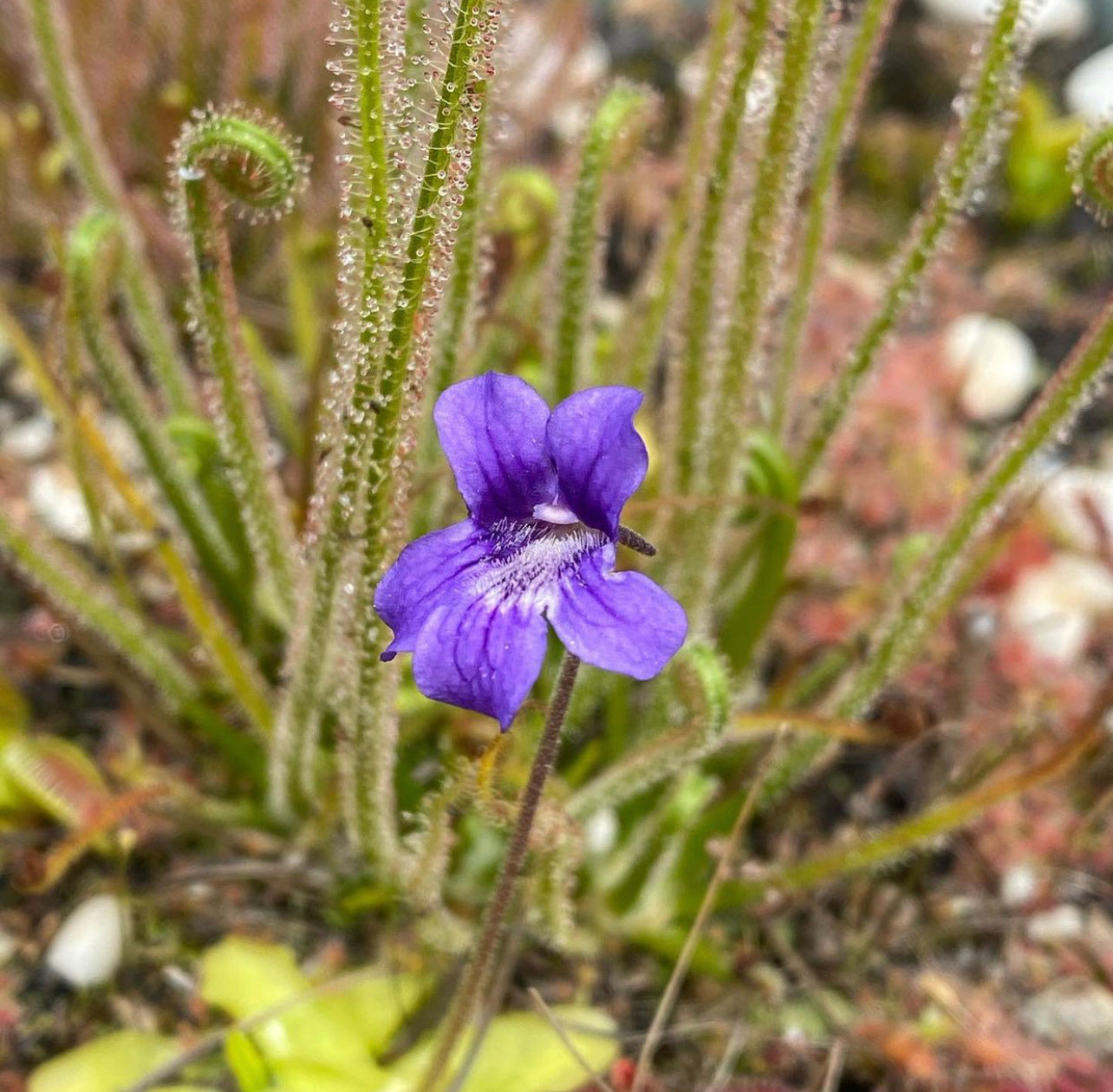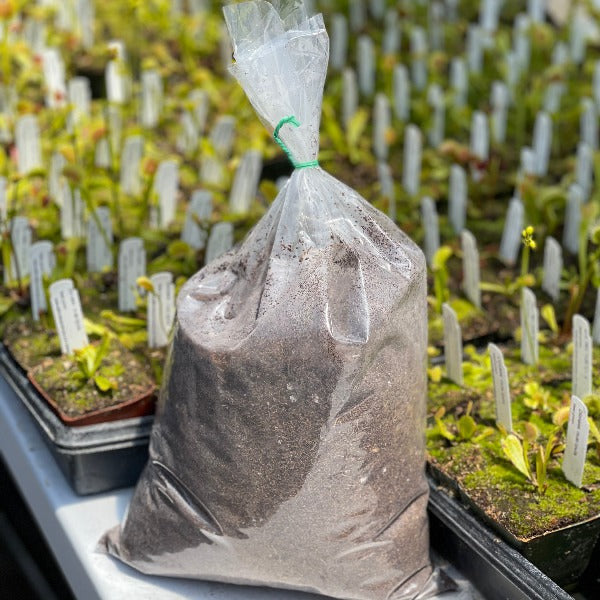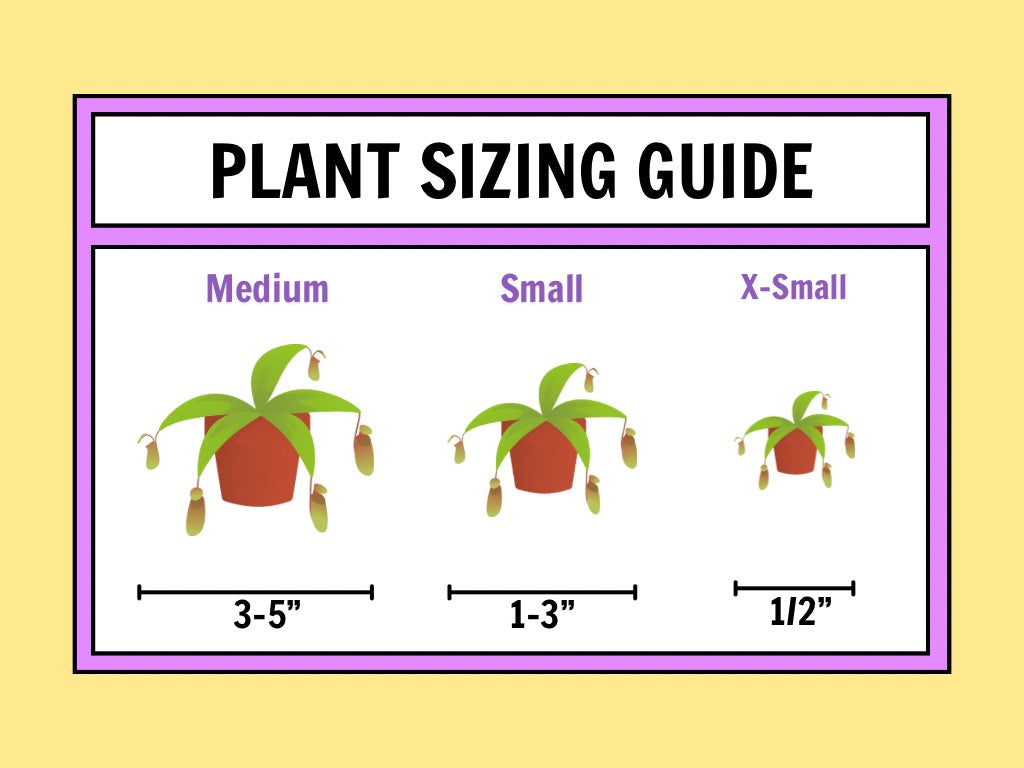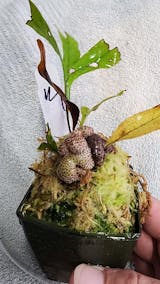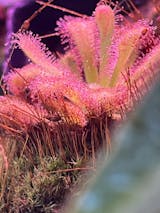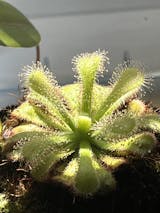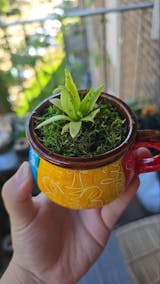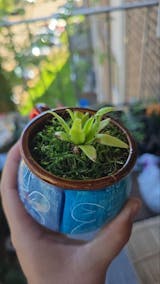Nepenthes edwardsiana is among the most magnificent and sought-after of all Nepenthes species. It probably needs no introduction, but its famous, deeply ridged peristome makes it instantly recognizable and awe-inspiring!
Produced with horticulturally produced seeds, this is a single clone exclusive from the California Carnivores tissue culture lab. These are small plants, about an inch across.
This is an ultra highland species which has specific requirements but many people have reported it to be more forgiving than villosa, rajah or lowii.
Care Instructions
Growth Habit: Nepenthes are vines and start small; as the plant grows, each leaf will be larger than the last, as will the pitchers that develop from these leaves. It is normal for the pitchers and leaves to die back over time. As leaves and pitchers die back, the plant will continue to vine, turning brown and woody along the stem. Over time, these form large, sprawling vines that can be hung in baskets or trellised upright in large pots. Nepenthes have thin, black roots, and not many of them.
Sun: Nepenthes should be grown on a sunny windowsill where the plant receives direct light for at least four hours daily. Grow in a cooled greenhouse in full sun, but we recommend 30% shade cloth overhead in summer. Grow in a terrarium or shelf under grow lights for the best color and pitcher formation. When grown under lights, lights should be on a 10-12 hour day length, and the plants can be grown six to ten inches from the light, depending on the strength of the light. Poor pitcher formation is usually a sign of not enough light.
Water & Humidity: Water frequently with distilled, reverse osmosis, or rainwater. Do not let the pots sit in water for long periods. You can water from the bottom, fill trays with water, and let the plant dry out for a few days before watering again. Be careful not to dry the plants out completely. Watering overhead occasionally is also beneficial for the plants. This species will appreciate added humidity, humidity over 70% is ideal.
Temperature: Daytime temperatures should be in the 60-80, with a 10 degree drop in night temperatures. Never expose your plants to temperatures below 40 degrees or above 85 degrees, as this can damage or kill them. This species prefers cooler temps and higher humidity at all times. Nepenthes do best indoors and should not be grown outdoors in most areas unless you have very mild temperatures.
Dormancy: Nepenthes do not have a dormancy as they are tropical plants, but they can slow down growth in winter when photo periods shorten.
Fertilizer: Apply diluted Maxsea fertilizer once or twice a month to the leaves and inside the pitchers. Slow-release osmocote pellets can be added to the pitchers along with a bit of distilled water. Small pitchers may burn back upon feeding, but this will still greatly benefit the plant with nutrients. Small insects can also be fed to pitchers.
Soil & Repotting: Nepenthes should be grown in a mix of long-fibered New Zealand sphagnum moss, orchid bark, pumice, and perlite. We have all of our custom Nepenthes soil blends available to add to your order, but you do not need to repot your plant for at least a year after receiving it from us. Nepenthes appreciate frequent repotting every three years and only move to a slightly bigger pot.
More Information: For more information on repotting, pests, growing habits, and more, check out our FAQ page or our YouTube channel!


